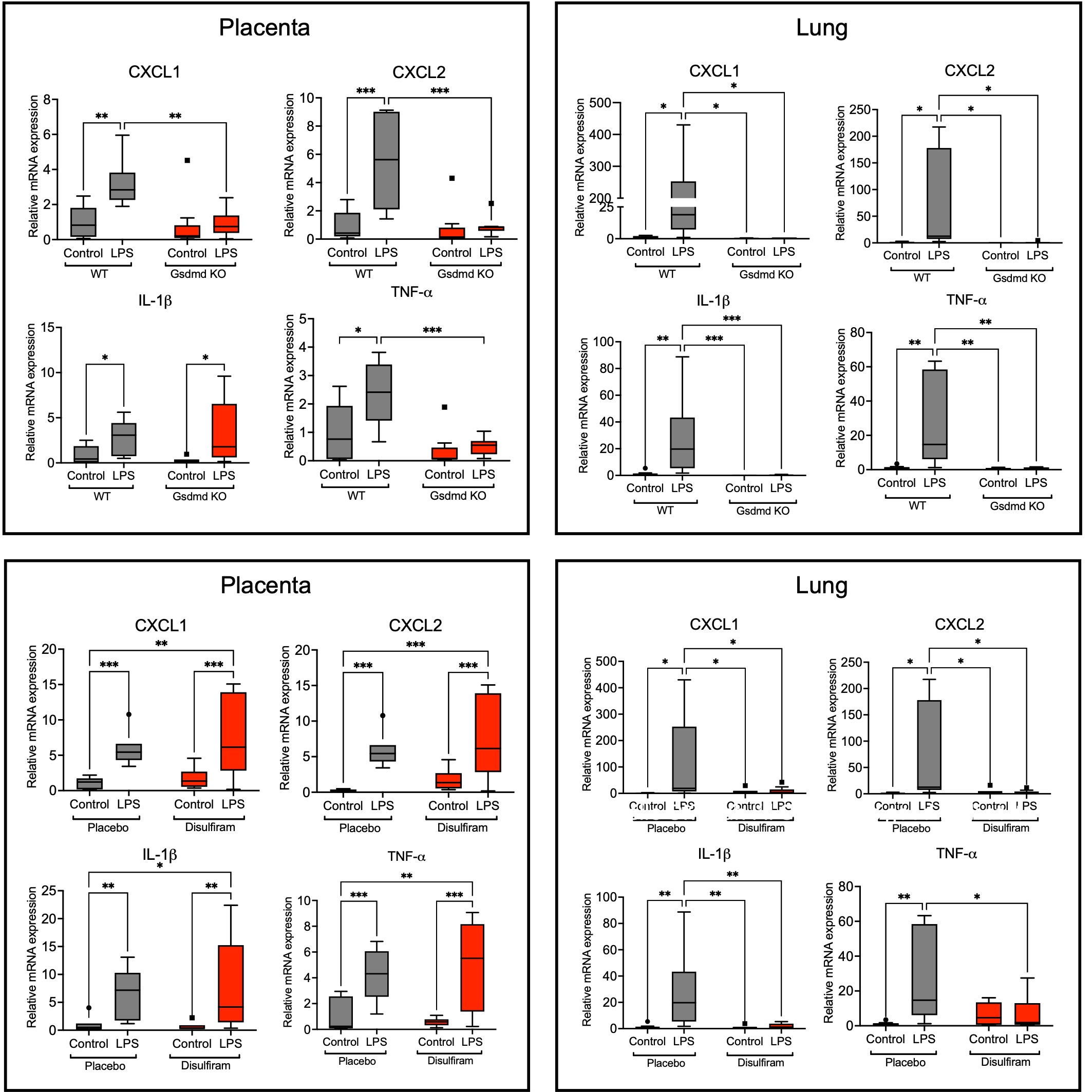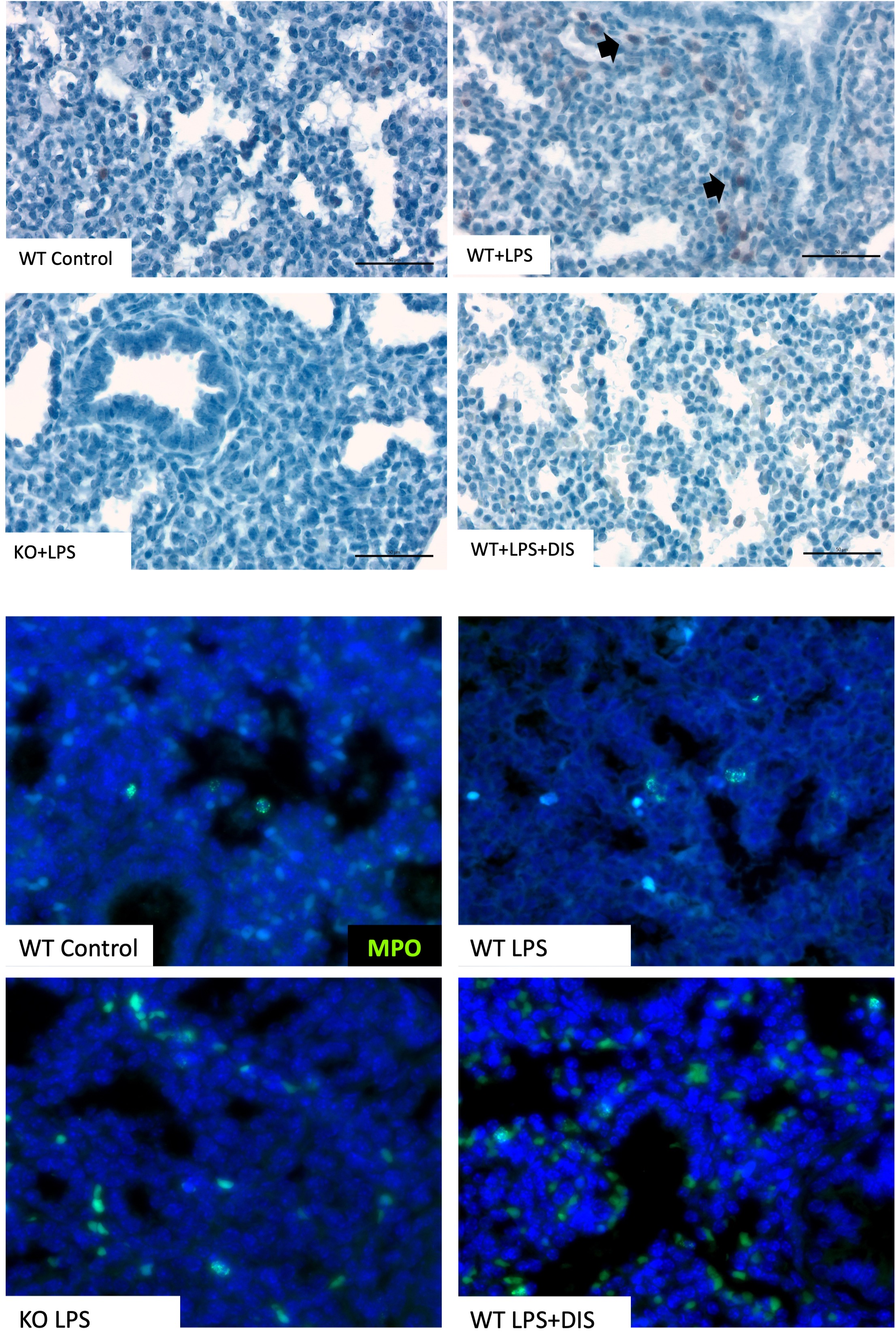Neonatology
Session: Neonatology Pulmonology Clinical Science 2 - Lung Development, Inflammation, Intrauterine environment
593 - GSDMD mediates fetal lung inflammation in a mouse model of chorioamnionitis
Saturday, May 4, 2024
3:30 PM - 6:00 PM ET
Poster Number: 593
Publication Number: 593.1167
Publication Number: 593.1167

Rae Infante, MD (she/her/hers)
Neonatology fellow
University of Miami
Doral, Florida, United States
Presenting Author(s)
Background: Chorioamnionitis causes fetal lung inflammation and injury leading to an increased risk of bronchopulmonary dysplasia (BPD) in preterm newborns. Current therapeutic strategies do not reduce the risk of BPD. Gasdermin D (GSDMD) plays a critical role in the formation of neutrophil extracellular traps (NETs) and inflammatory cell death (pyroptosis), but the role of GSDMD in CHORIO-induced fetal lung injury is not known
Objective: Our objective was to determine the role of GSDMD in fetal lung inflammation induced by CHORIO and test the therapeutical potential of disulfiram, a GSDMD inhibitor
Design/Methods: CHORIO was modeled by US-guided intra-amniotic (IA) LPS injection (E. coli O111:B4, 100ng/sac) in pregnant wild type (WT) and GSDMD knockout (KO) mice on gestational day 17. In another group of WT mice we tested pharmacological inhibition of GSDMD with intraperitoneal disulfiram (DIS, 50mg/kg), 24 hours prior and at the time of IA LPS. We analyzed 6 groups: 1) WT control, 2) WT+LPS, 3) WT+LPS+DIS, 4) WT+DIS, 5) GSDMD KO, 6) GSDMD KO+LPS. Fetuses were sampled on gestational day 18 for molecular and histological analysis. Another group of newborn animals will be analyzed at 2 weeks of life to assess the outcome of BPD in ongoing experiments
Results: GSDMD KO prevented upregulation of CXCL1, CXCL2, IL-1β, and TNF-α mRNA induced by IA LPS in the fetal lung and placenta (Figure 1, top). On histology, GSDMD was constitutively expressed in the placenta and fetal lungs (Figure 2, top) of WT but not GSDMD KO. GSDMD KO decreased the number of MPO+ cells and NET formation (colocalization of MPO and citrullinated histone 3, Figure 3, left), as well as cell death assessed by TUNEL assay (Figure 3, right) in the placenta of IA LPS exposed fetuses. On the fetal lung, GSDMD KO decreased the number of MPO+ cells induced by LPS (Figure 2, bottom). Interestingly, disulfiram prevented the upregulation of cytokines mRNA in the fetal lung but not in the placenta (Figure 1, bottom). Disulfiram treatment also decreased the number GSDMD+ cells in the fetal lungs (Figure 2, top), and decreased the number of MPO+ cells in the fetal lungs and placenta (Figures 2 and 3), but did not decrease cellular death in the placenta induced by IA LPS (Figure 3, right)
Conclusion(s): GSDMD mediates placental and fetal lung inflammation in CHORIO. Although GSDMD KO prevented fetal lung and placenta inflammation, pharmacological blocking of GSDMD only prevented inflammation in the fetal lungs. This difference could be due to timing or dosing of disulfiram, or differential roles of GSDMD in different tissues which will be further explored


.jpg)
